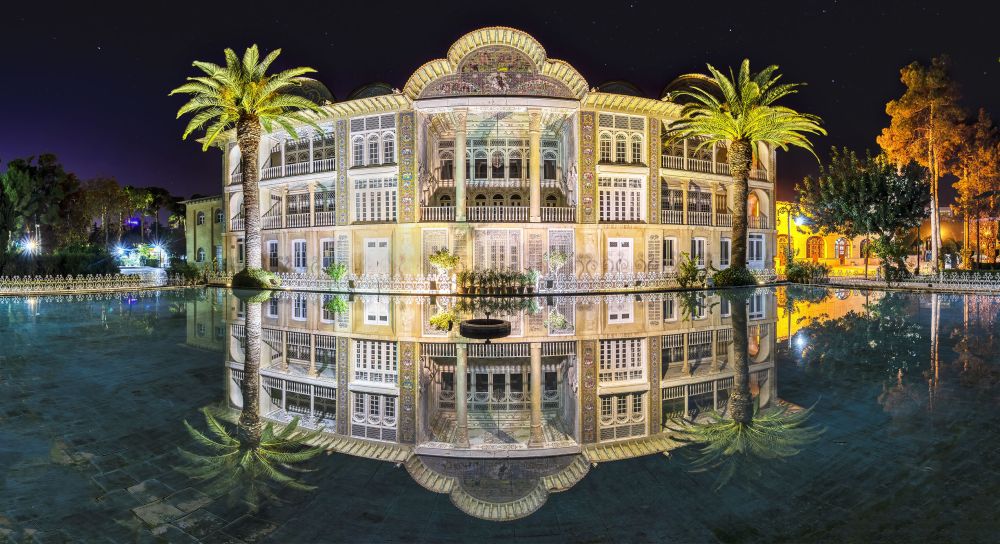

Nestled in the heart of Shiraz, Iran, the Eram Garden (Bāgh-e Eram) is one of the most historic and beautiful Persian gardens. Its lush landscapes and historic significance have drawn visitors for centuries. The name "Eram" is derived from the Persian word for "heaven," and it is easy to see why it has been associated with paradise.
The origins of Eram Garden can be traced back to the Seljuk Dynasty, but it was during the Qajar era when the garden was renovated and gained its current magnificent structure. It is renowned as a symbol of the architectural and aesthetic preferences of the Qajar era, with its variety of flora, ornamental features, and the quintessentially Persian layout. As a result, it has been a significant cultural and tourist spot for both domestic and international tourists.
Eram Garden has been a part of the UNESCO World Heritage Site's list of Persian Gardens since 2011, which significantly boosted its global recognition and appeal. Travelers flock to the garden to bask in the historical narrative it offers, as well as its tranquil environment. Tourists are keen on exploring the botanical diversity and the historic Qavam House within its precincts, which now serves as a museum.
The garden presents an exemplary visitor experience through its meticulously maintained lawns, tall cypress trees, fragrant flowers, and a captivating pool that reflects the majesty of the Qavam House. Tour guides often recount tales of the garden's past, involving kings and noblemen who sought refuge and leisure within its bounds.
In recent years, efforts have been made to preserve the Eram Garden's historical charm while accommodating the modern tourist. Development of visitor facilities has been considered with great care to ensure minimal disturbance to the site's history and aesthetics. Accessibility improvements have also been made, enabling a broader audience, including those with mobility challenges to enjoy the garden's splendors.
The latest trend in tourism at Eram Garden involves interactive technologies, such as augmented reality (AR), to provide visitors with an immersive experience without altering the physical environment. Visitors can now use their smartphones to access historical information and visual representations of the past, providing a deeper understanding of the site's significance.
Eram Garden is not just a summer retreat; it is a venue for numerous cultural events throughout the year. These events include flower shows, poetry readings, and traditional music performances, effectively combining tourism with cultural exchange.
As a historic site, Eram Garden reflects the essence of Persian garden design, symbolizing the importance of nature in Iranian culture. Its presence as a tourism destination is steadily growing, and the blending of historical conservation with contemporary visitor engagement strategies indicates a bright future for this heritage garden. The tranquil and poetic atmosphere of Eram Garden continues to enchant visitors, making it a timeless jewel in Iran's tourism landscape.